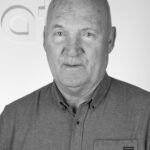This report is closed
Author: Kristín Edda Gylfadóttir
This report is closed
This report is closed
This report is closed
Claw sheet (Shcyzimenia jonssoni) is a red algae that has only been found off the coast of Iceland. Little is known about the properties of claw bladder, but bioactive properties have been found in related species that grow abroad. This report presents the results of measurements of the composition of claw blades in terms of use in food, dietary supplements and cosmetics. The nutritional value and wholesomeness of chlorophyll were assessed, screened for the bioactivity of biochemicals and microorganisms in the chlorophyll environment. A comparison was also made of claw leaves from cultivation and nature. The results indicate that cloverleaf has similar properties to salt and could be marketed as such, ie. as an algae. Results of antioxidant and antiviral activity suggest that claw leaves contain interesting bioactivity properties that are worth exploring further. Comparison of measurements of beach claw and cultivation indicated similar characteristics.
_____
Claw sheet (Shcyzimenia jonssoni) is a red algae that has only been found off the coast of Iceland. Little is known about the properties of klóblaðka, but bioactive properties have been found in related species that grow in other countries. This report presents the results of measurements of the composition of klóblaðka with respect to use in food, dietary supplements and cosmetics. The nutritional value and safety of klóblaðka were assessed, and the bioactivity of biological substances and microorganisms in the environment of klóblaðka was screened. A comparison was made of cloverleaf from cultivation and nature. The results indicate that klóblaðka has similar properties to dulse and could be marketed as such, ie as food. Results of antioxidant and antiviral activity suggest that klóblaðka contains interesting bioactivity properties that are worth exploring further. Comparison of measurements of klóblaðka from sampled from the coast and cultivation indicated similar characteristics.
View report
This report is closed
Minimizing the stress of salmonids during fire handling can be crucial in ensuring the welfare, growth and survival of the fish, as well as the quality and shelf life of closed products. Stress during treatment, eg against lice, can reduce the resistance of fish to infections and colds as well as reduce growth; because it may take the salmon some time to recover and start feeding again. If the pumping of fish for slaughter causes a great deal of stress that can affect the quality of the products. It is also important to meet animal welfare requirements in aquaculture along with increased pressure from consumers.
Vacuum pumps, which are most commonly used in aquaculture today, are known to cause considerable stress, depletion and poorer quality, as pumping involves a lot where the air space with fish is evacuated and then fired to pump the fish. Therefore, manufacturers of pumping equipment have been looking for new ways of pumping salmonids and the Icelandic company Skaginn 3X has been developing a so-called spiral pump (Archimedes pump) as a solution to this problem. The pump has been named ValuePump.
In this project, a prototype of the pump was built and then comparative experiments were made with it and a traditional vacuum pump, where the stress in the fish during the pumping was measured with heart rate sensors, as well as measurements of the production of stress hormones in the blood.
Experiments were carried out in the facilities of the Marine Research Institute in Reykjanes under the direction of specialists in aquaculture and in the use of heart rate sensors. During a four-week period, 100 salmon (about 1 kg average weight) were pumped once a week with each pump, of which 20 salmon had an internal heart rate sensor from Stjörna-Oddi.
The results showed a significant difference between groups following pumping. Heart rate rose sharply during pumping, but the ValuePump group was quicker to recover and regain baseline. Pumping with a vacuum pump had a much greater long-term stress effect than experimenting with maximum stimuli where the fish crackled on dry land. There was also a large visual difference between the groups according to the type of pump, as fish pumped with a vacuum pump often came injured or even dead from the pump, swam sideways or upside down hours after pumping. Fish that were pumped with ValuePump, however, did not experience any visible damage during the pumping and seemed to be doing well after it.
The results of the comparative experiments must be considered very positive, but further research is needed to definitively determine the advantages of ValuePump over conventional vacuum pumps. It seems clear from the results of the project that salmon that are pumped with ValuePump are quicker to recover after pumping and then start feeding again. The results regarding pumping for slaughter are not as obvious and require further research, especially since fish that have reached slaughter size need to be examined under real conditions.
_____
Minimizing the stress of salmonids during handling and before slaughtering can be extremely important for welfare, survival and growth, as well as to ensure overall quality and shelf-life of the final products. Stress during treatment, eg, against lice, can reduce the resistance of fish to infections and cold seawater as well as reduce growth which may take the salmon some time to recover from stress and start feeding again. If the pumping of fish for slaughter causes a lot of stress, it can affect the quality of the products. Animal welfare is also becoming more important in aquaculture with increased welfare demands from the consumers.
It is known that vacuum pumps, that are most commonly used in the aquaculture industry today, cause considerable stress, loss and poor quality, as pumping causes a lot of discomfort for the fish. Companies have therefore been searching for an alternative to vacuum pumping for some time. The Icelandic company Skaginn 3X has for some time been developing a so-called Archimedes pump to replace vacuum pumps.
In this project, a prototype of the Archimedes pump (called ValuePump) was made, and then compared to a conventional vacuum pump. The pumping stress of fish was measured by cardiac sensors along with the measurement of a stress hormone Over a 4-week period, 100 salmons (1 kg average weight) were pumped once weekly with either pump, including 20 salmons implanted with heart rate loggers from Star-Oddi.
Experiments were carried out in the facilities of the Marine and Freshwater Research Institute in Reykjanes under the supervision of specialists in aquaculture and the use of cardiac sensors.
The results showed a significant difference in heart rate recovery between the two groups. There was a large increase in heart rate immediately after pumping but the ValuePump group recovered more quickly to pre-pumping levels. Pumping with the vacuum pump caused a larger and longer stress effect then an applied max stress chase protocol. There was also a considerable visible difference between the two groups, where the vacuum pump fish were injured or even dead after pumping, swimming on the side or upside down for hours after pumping. The ValuePump fish, however, received no visible physical damage from the pumping and seemed fit.
The results of the comparative studies indicate very positive results, but further studies are however needed to validate the results. It is apparent that salmon pumped with ValuePump is faster to recover than when pumped with vacuum pumps and is as results faster to start feeding again after handling. Results regarding pumping of fish for slaughtering are not as comprehensive and need to be studied further, particularly by analyzing fish that has reached slaughter size and preferably in real industry setting.
View report
This report is closed
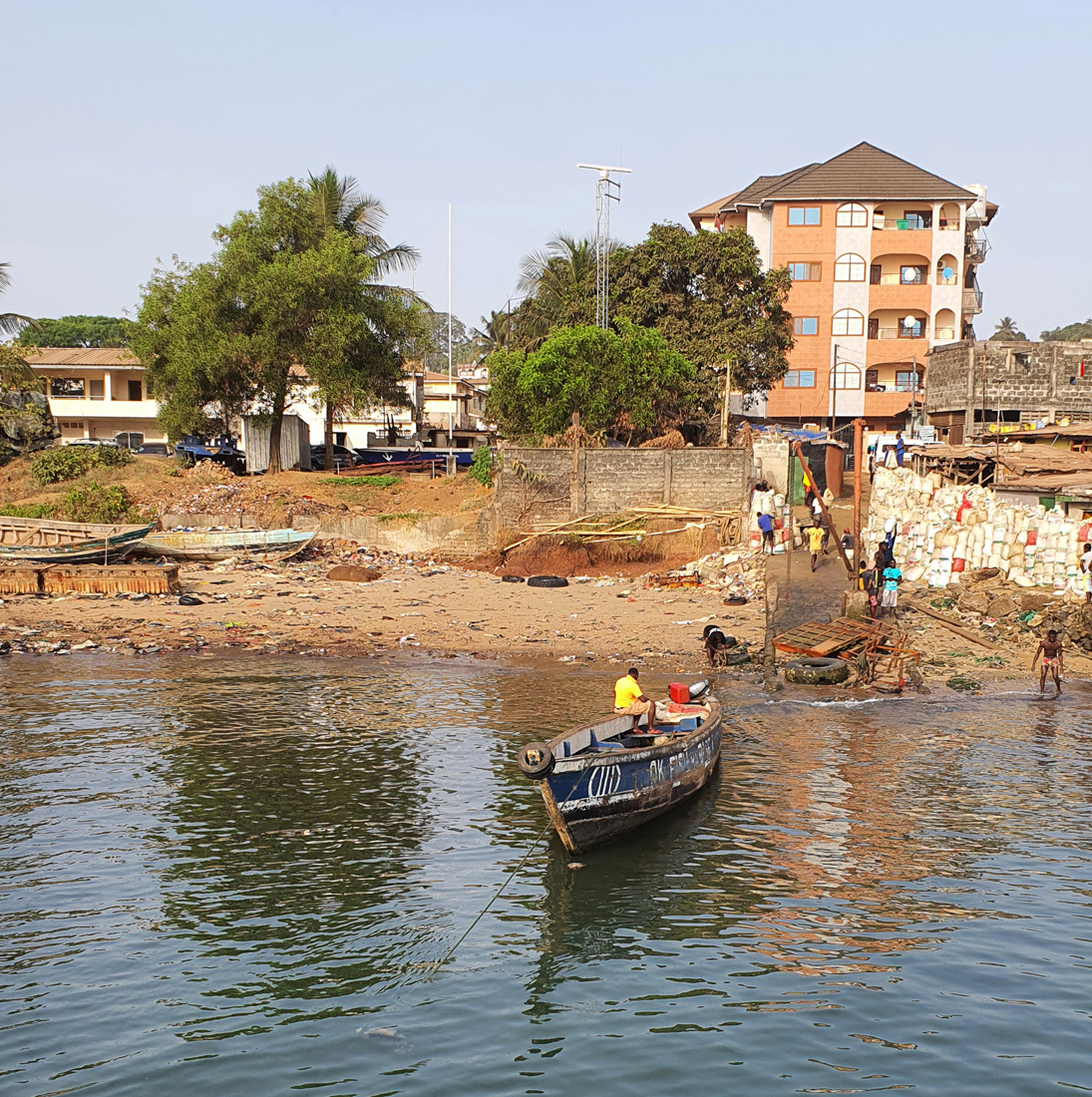
The Ministry of Foreign Affairs is currently preparing for an increase in bilateral development cooperation with the government of Sierra Leone. The main goal of the collaboration is to work on new projects in the field of fisheries and the blue economy.
A delegation consisting of representatives of four fisheries agencies in Iceland as well as representatives of the Ministry for Foreign Affairs went to Sierra Leone at the end of March last year to examine the involvement of Icelandic experts in projects that can support the positive development of fisheries and the blue economy in that country.
Matís' representative on this trip was Oddur Már Gunnarsson, but in addition there were representatives from the Marine Research Institute, the Directorate of Fisheries and the GRÓ Fisheries School. The delegation met with the country's Minister of Fisheries as well as other representatives of the Ministry, other agencies and companies and representatives of partner countries involved in fisheries in Sierra Leone.
The group also visited landing sites for coastal fishing boats and gained an insight into the life of fishing communities, where fish are handled, processed and marketed. About 70% of landed catch in Sierra Leone comes from coastal fishing.
Following this trip, work will be done with the Ministry for Foreign Affairs on further implementation of projects where Icelandic ingenuity and knowledge can be used in the development of fisheries and the blue economy in Sierra Leone.
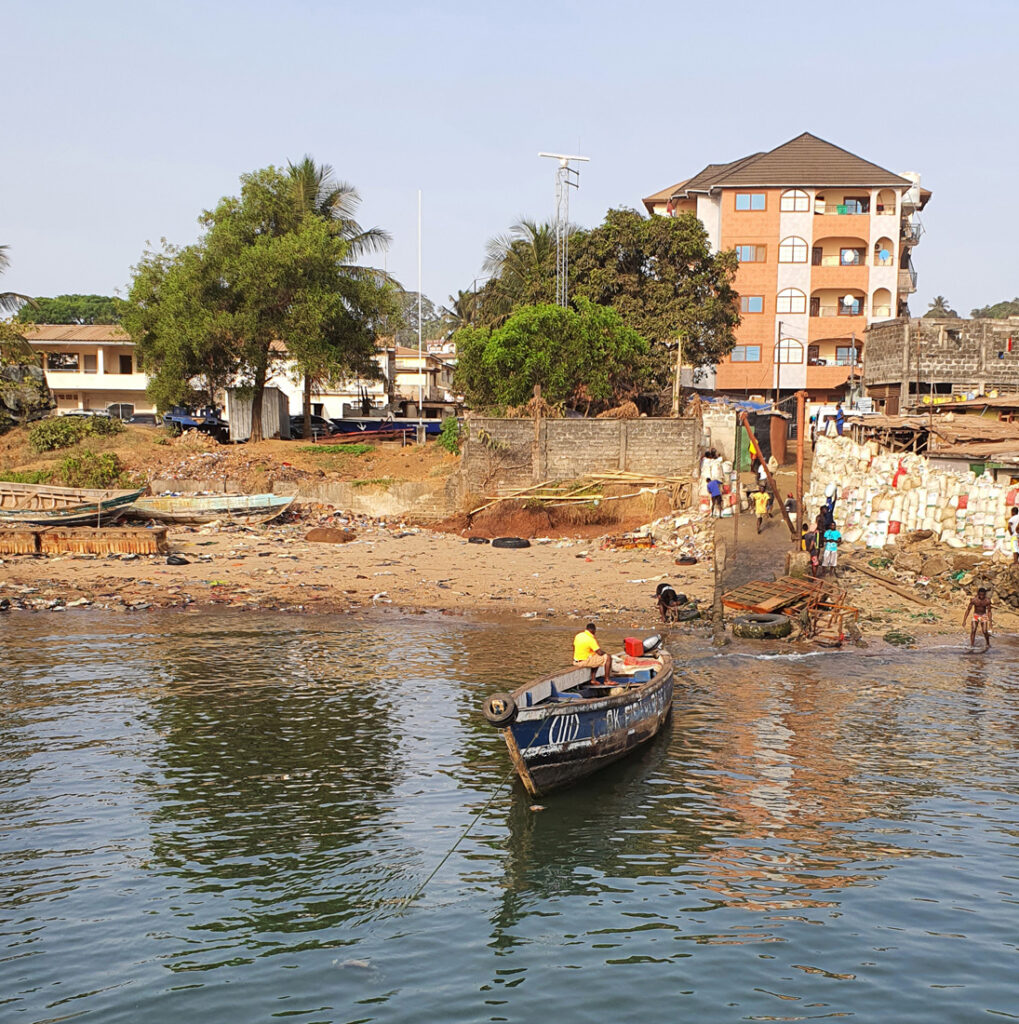
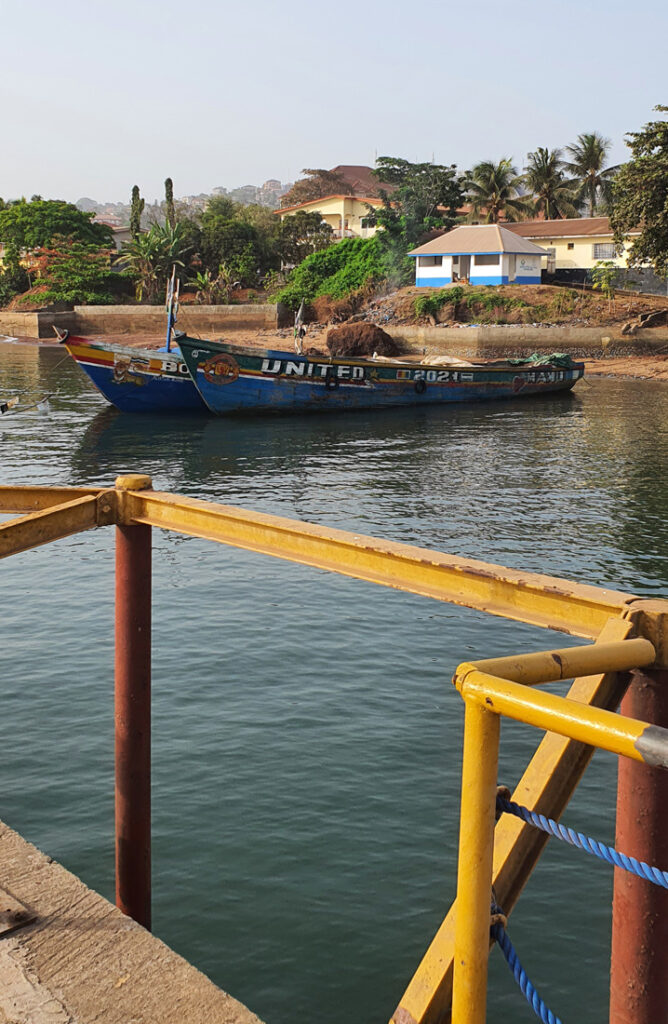
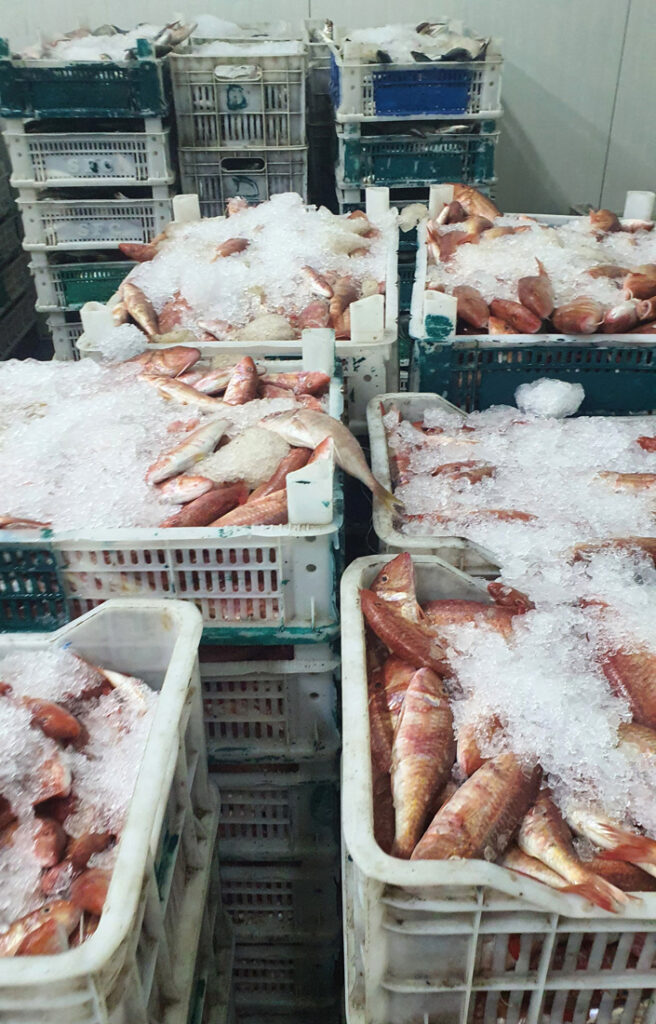
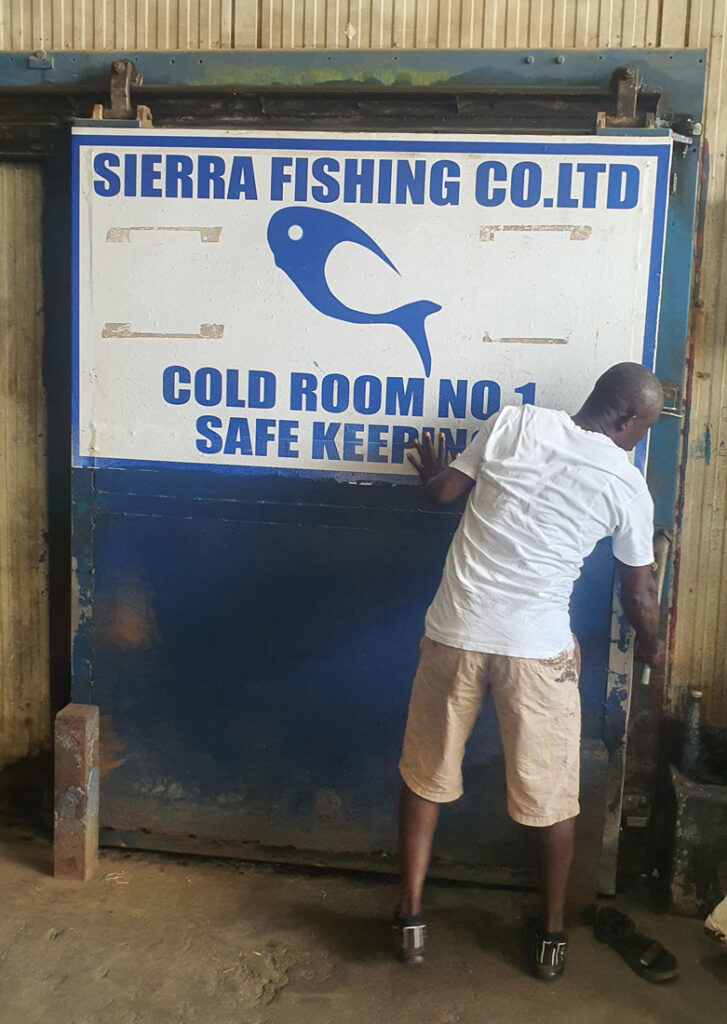

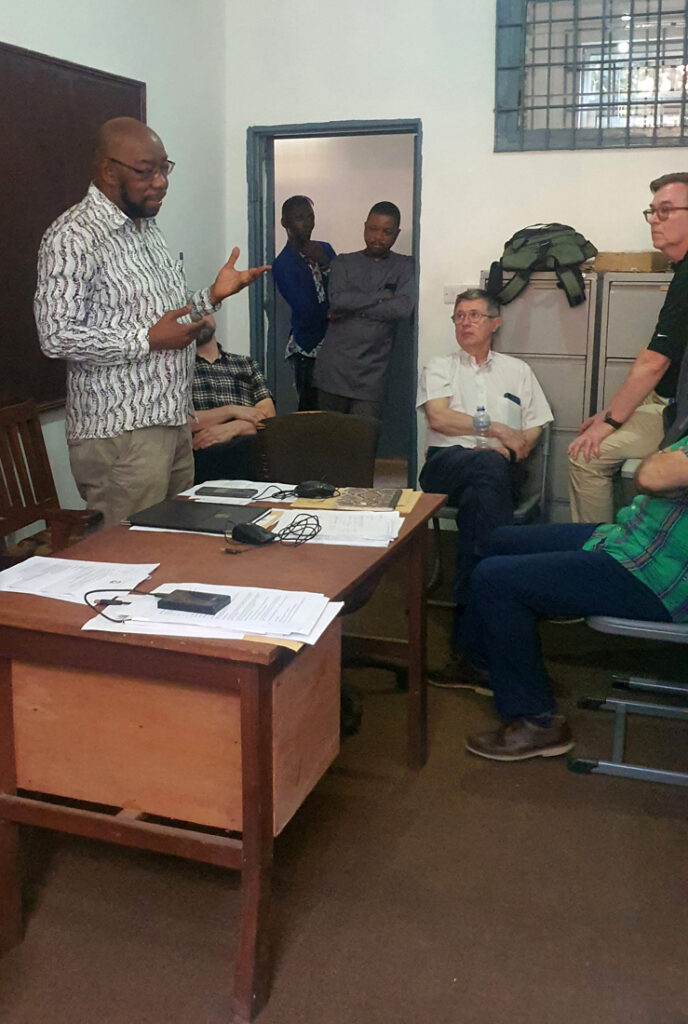
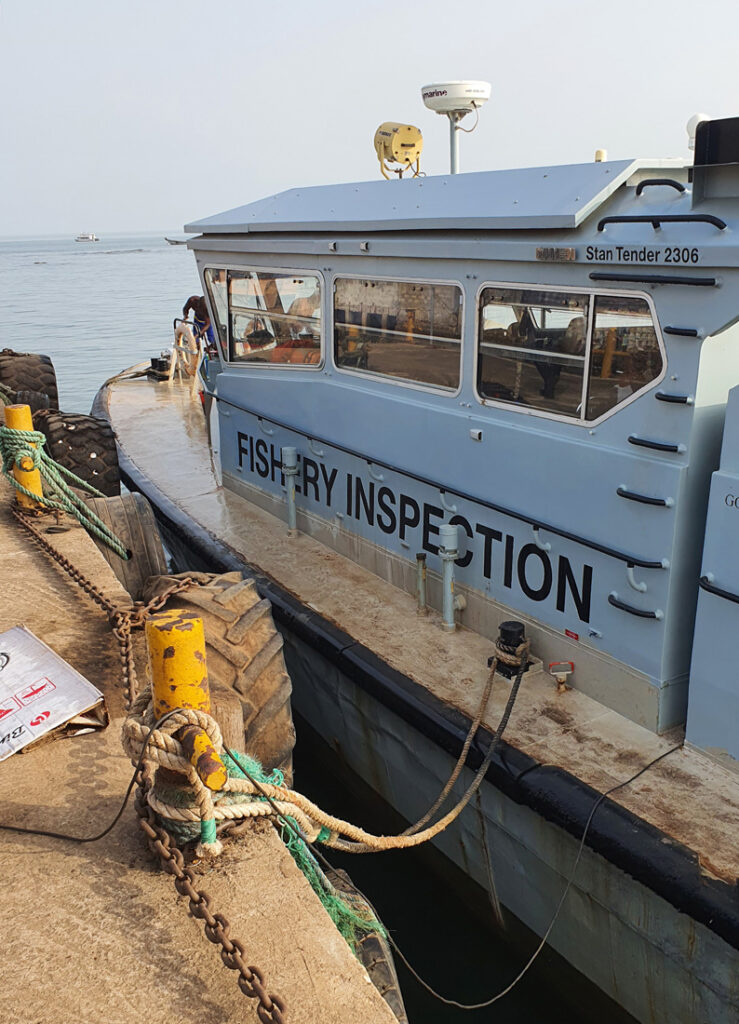
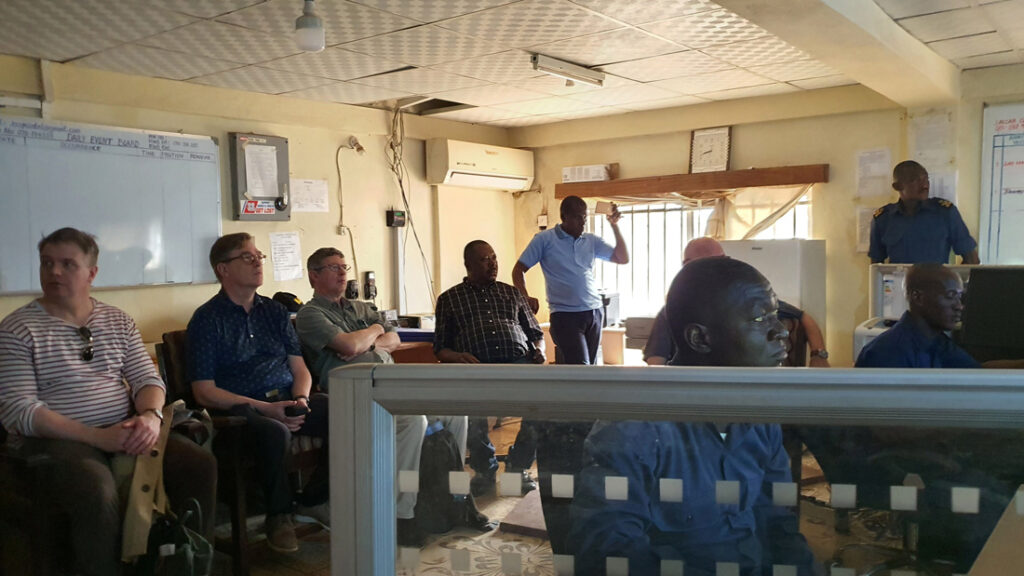
This report is part of the project "Improved quality, shelf life and reduced waste in the value chain of Icelandic vegetables." roughly estimate the amount of by-products that occur on an annual basis. In addition, chemical measurements were performed on selected by-products.
The report contains a summary of conclusions and proposals. It is believed that there is great potential for value creation from the by-products that occur during vegetable production in Iceland. One way of value creation is the isolation of bioactive substances for use in food, dietary supplements and cosmetics. Possibilities also include fermentation and acidification of by-products and their processing for incorporation into food. Horticultural waste must also have waterways that lead to utilization. Food safety should always be the first issue when developing products from by-products. It is therefore necessary to make measurements of undesirable substances in by-products before new products are developed.
_____
This report is a part of the project „Improved quality, shelf-life and reduced waste in the vegetable value chain.“ The main tasks were studies of (a) current utilization of by-products from the vegetable production, (b) possible product development, (c) information on toxins in the by-products, (d) amount of available by-products. Additionally, nutrient analyzes were carried out on selected by-products.
The report includes conclusions and proposals. It is concluded that there are considerable possibilities for value creation from vegetable by-products. One of the possibilities is the use of bioactive compounds from by-products for food, supplements and cosmetic products. Other possibilities are fermentation and addition of homogenized by-products to foods. Wastes from horticulture should also have routes for utilization. Food safety should always be considered when food uses of by-products are considered. Therefore, by-products should be analyzed for contaminants and toxicants.




